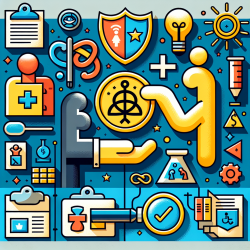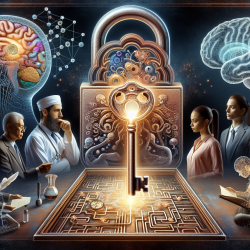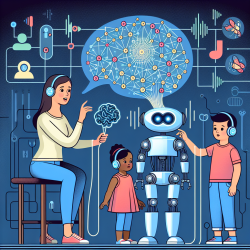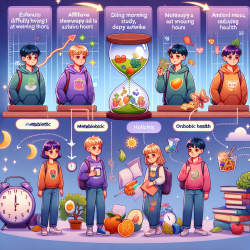Introduction to Dyslexia
Dyslexia is a specific learning disability that is neurological in origin, characterized by difficulties with accurate or fluent word recognition and poor spelling and decoding abilities. These challenges are often unexpected in relation to other cognitive abilities and the provision of effective classroom instruction. Understanding dyslexia involves recognizing its impact on reading, spelling, and speaking, which varies from person to person due to inherited differences in brain development and the type of teaching received.
The Importance of a Multisensory Approach
A multisensory approach to learning is not just beneficial but essential for students with dyslexia. This approach is flexible enough to accommodate a wide range of ages and learning differences, focusing on using multiple senses to enhance learning. The expertise of the teacher plays a crucial role in implementing these strategies effectively.
Dispelling Myths and Misconceptions
Common myths about dyslexia include the misconception that individuals with dyslexia "read backwards" or have lower intelligence. In reality, dyslexia is not a disease and cannot be cured. With proper diagnosis, appropriate instruction, and support, individuals with dyslexia can achieve academic success. It's important to understand that dyslexia is not linked to intelligence and many individuals with dyslexia are capable or even gifted in various fields.
Recognizing Signs and Symptoms
Early recognition of dyslexia is crucial. General signs include difficulties with learning to speak, organizing written and spoken language, and memorizing number facts. Specific signs in children may include trouble remembering simple sequences, understanding rhymes, and recognizing words that begin with the same sound. Formal testing of reading, language, and writing skills is essential to confirm a diagnosis of dyslexia.
Social and Emotional Impact
The emotional aspects of dyslexia are significant. Stress, anxiety, and depression can result from academic challenges and social interactions. Dyslexia can affect self-image, leading to feelings of inferiority and discouragement. Teachers and parents can play a pivotal role by providing support, encouraging positive self-image, and implementing academic accommodations.
Effective Strategies for Teaching Students with Dyslexia
Structured Literacy instruction is key, focusing on phonology, sound-symbol association, syllable instruction, morphology, syntax, and semantics. This approach is systematic, cumulative, and involves explicit instruction tailored to individual needs. Accommodations such as additional practice, use of assistive technology, and flexible work times can significantly aid learning.
Screening and Evaluation
Early identification and intervention are crucial for better outcomes. Screening tools like the Colorado Learning Disabilities Questionnaire – Reading Subscale (CLDQ-R) can help identify children at risk. A comprehensive evaluation includes testing intellectual and academic achievement and assessing language skills closely linked to dyslexia.
For more information, please follow this link.










